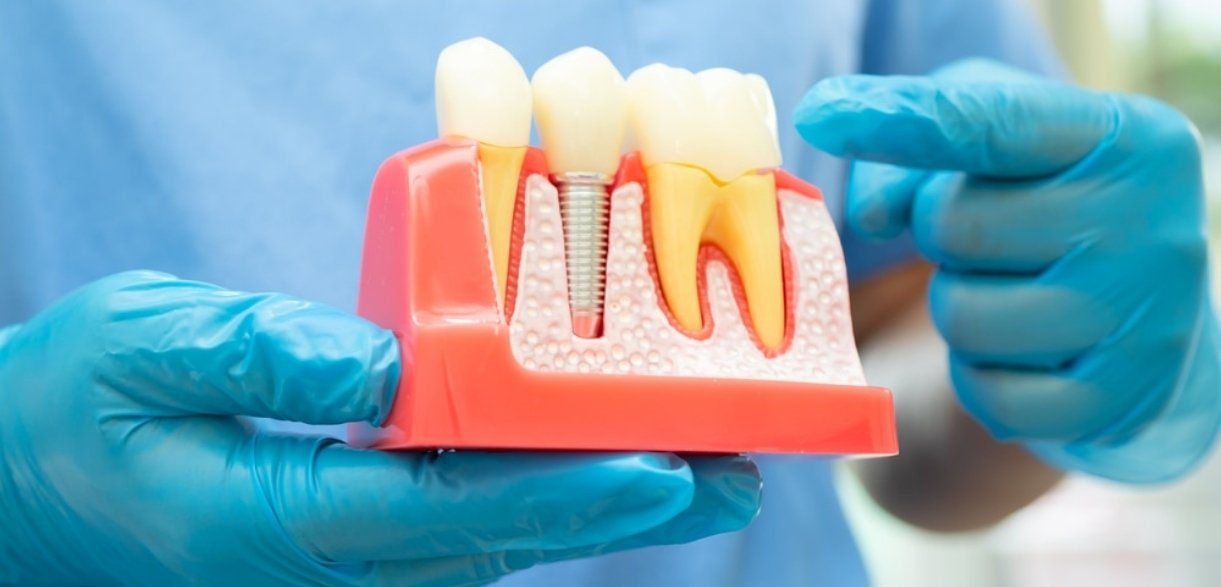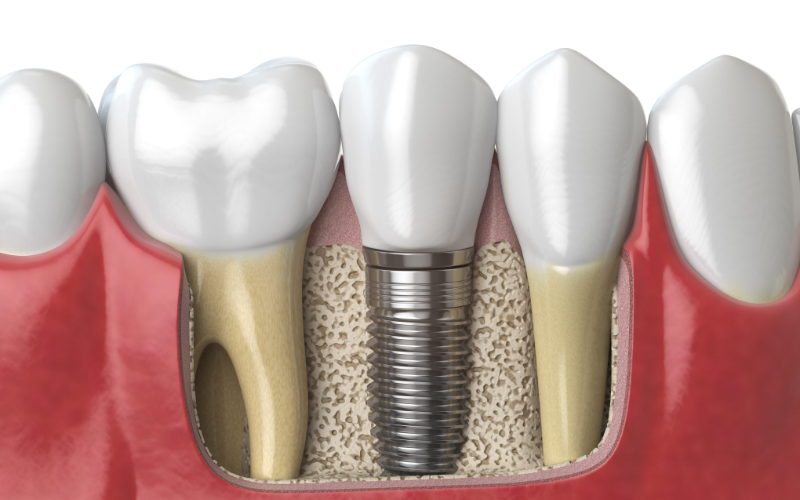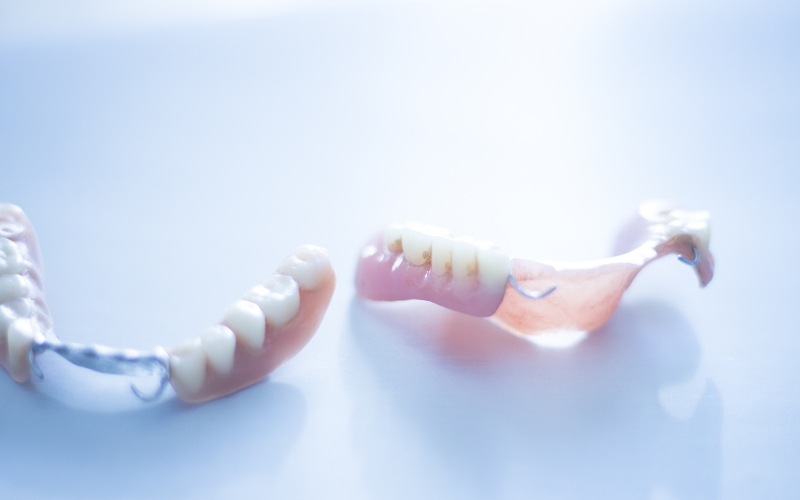BOOK ONLINE

Getting a dental implant can be an exciting step towards restoring your smile and confidence. However, knowing how long to rest after the procedure ensures a smooth recovery. If you ask yourself, “How many days should I take it easy after getting a dental implant?” you’re not alone. The healing process varies for each person, but here’s what you need to know to rest and recover properly.
The Importance of Resting After Dental Implant Surgery
Dental implants involve a surgical process where a titanium post is embedded into your jawbone to serve as an artificial tooth root. Even though it’s a standard procedure, your body needs time to heal after surgery.
Resting after a dental implant is crucial for several reasons:
- Promotes Healing: Giving your body time to heal reduces the risk of complications and ensures the implant integrates with the jawbone.
- Minimizes Discomfort: Adequate rest can help reduce swelling, bleeding, and pain, making your recovery smoother.
- Reduces the Risk of Implant Failure: Rushing back to your regular activities too soon can disturb the healing process and increase the likelihood of implant failure.
The First 24 to 48 Hours: Critical Rest Period
The first 24 to 48 hours after the dental implant procedure is the most critical period to rest. During this time, your body begins the natural process of healing. Here’s what you can expect during this initial phase:
- Swelling and Bleeding: It’s normal to experience mild bleeding and swelling around the implant site. Keeping your head elevated and avoiding physical exertion can help.
- Pain Management: Your dentist will likely prescribe pain medication or recommend over-the-counter options. Take these as directed to stay comfortable.
- Soft Diet: During the first couple days, stick to smooth, cool foods like yogurt, applesauce, or smoothies to avoid disturbing the implant site.
Tip: To reduce swelling, apply an ice pack to the outside of your cheek near the implant site for 10-15 minutes at a time.
Days 3 to 7: Gradually Resuming Light Activities
After the initial two days, most people begin to feel better, but that doesn’t mean you’re fully healed. By day three, some swelling will start to subside, and your discomfort should lessen. However, it’s still important to avoid strenuous activities during this time.
- Avoid Heavy Lifting or Exercise: Any physical strain can increase blood flow to the implant site, causing additional swelling or bleeding.
- Stick to a Soft Food Diet: Continue eating soft foods during this time, gradually reintroducing solid foods as your dentist directs.
- Oral Hygiene: Clean the area with a soft-bristled toothbrush and avoid using mouthwash containing alcohol. Your dentist might recommend a specific rinse to keep the area clean.
Tip: Keep your head elevated even while sleeping for at least 5 days post-surgery to reduce swelling.
Days 7 to 14: The Healing Process Continues
By the end of the first week, you should start feeling more like yourself. The swelling will likely have gone down, and any pain should be manageable or minimal by this point. However, the implant itself is still integrating with your jawbone, so it’s essential to continue taking things slow.
- Avoid Chewing on the Implant Site: Even though the initial healing has progressed, the implant needs time to bond with the jawbone (a process called osseointegration). Avoid putting pressure on the site.
- Watch for Any Signs of Infection: If you notice unusual symptoms like prolonged swelling, severe pain, or pus around the implant, contact your dentist immediately. These could be signs of infection.
- Regular Dental Check-Ups: Your dentist may schedule a follow-up appointment to monitor your progress. This visit allows them to ensure that the implant is healing properly.
Weeks 3 and Beyond: Returning to Normal Activities
For most people, by the third-week post-surgery, you’ll feel well enough to return to most of your regular activities. The key here is to listen to your body and not rush into anything too quickly.
- Return to Exercise Gradually: While light activities like walking are generally safe after a week, more strenuous exercise should be avoided for up to a month. High-intensity activities could disrupt the implant’s integration process.
- Introduce More Solid Foods: You can slowly reintroduce more solid foods as you heal. However, to protect the implant site, it is best to avoid very hard or crunchy foods for a few more weeks.
Tip: Stay hydrated throughout your recovery. Drinking water helps keep your mouth clean and supports overall healing.
Long-Term Care for Your Dental Implant
Resting after dental implant surgery isn’t just about the initial healing period. Taking care of your implant in the long term is just as important. This includes:
- Maintaining Good Oral Hygiene: Brush and floss regularly to keep your mouth clean. Dental implants don’t decay like natural teeth, but the gum tissue around them can still become inflamed or infected.
- Routine Dental Visits: Regular check-ups will ensure that your implant is functioning properly and that there are no complications.
- Lifestyle Choices: Smoking and poor diet can affect the longevity of your dental implant. Limiting these factors can ensure your implant lasts a lifetime.
Key Takeaways
- Rest Is Crucial: The first 24-48 hours are vital, but light activity should be avoided for at least a week.
- Listen to Your Body: Gradually increase your activity levels based on your feelings, but avoid heavy exercise for about a month.
- Follow Your Dentist’s Instructions: They know your specific situation best and will guide you to ensure your recovery goes smoothly.
The amount of time you need to rest after a dental implant procedure varies, but allowing yourself adequate time to heal is the best way to ensure success. While you may be eager to return to your daily routine, patience during recovery is critical to a long-lasting, healthy smile. Keep in touch with your dentist and follow their advice to get back to feeling your best quickly.






